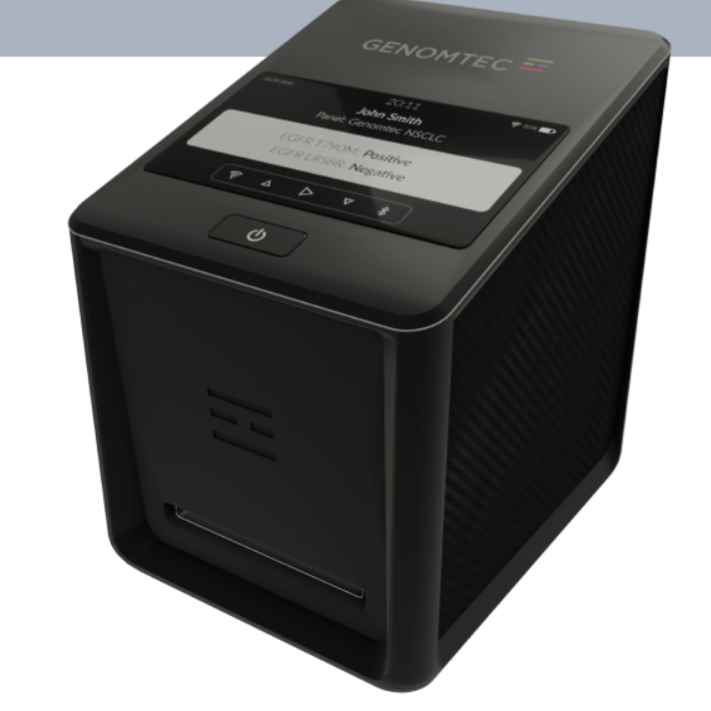

Description
Currently, the Genomtec Tumor project is in its early phase, adopting SNAAT®-based solutions that could be used to quickly identify neoplastic mutations or mutations that are of prognostic value in neoplastic disease, as part of companion diagnostics (CDx) solution. The SNAAT® method shall be adapted for near-patient testing of neoplastic mutations and will allow quick implementation of personalized treatment. If combined with protein markers, it may be possible to create a diagnostic platform for screening tests and/or highly specific antigen identification in immunogenetic testing.
The early phase of the project, especially in comparison to Genomtec ID and laboratory tests, makes the project dependent on the success of other projects or acquisition of an industry partner, or obtaining grant funding for further development of the project.

